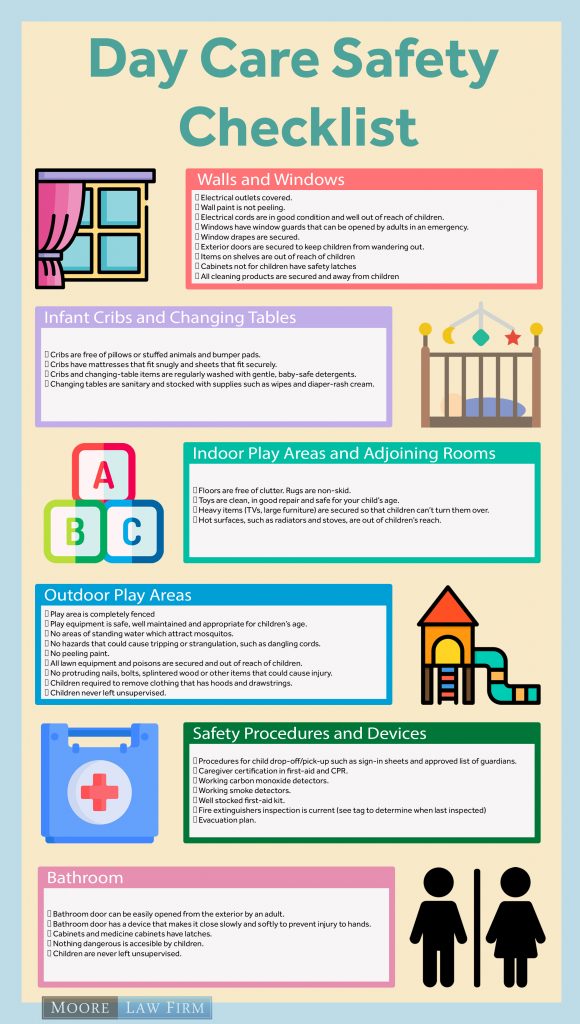Table of Content
Children All Census Bureau demographic surveys collect information about children. Families and Households All Census Bureau demographic surveys collect information about the residents of each housing unit and how they are related. Fertility Information about the fertility of American women both for the nation as a whole as well as for individual states and lower level geography. Grandparents and Grandchildren Households include a variety of living arrangements, one being an increase in grandparents living with grandchildren. Marriage and Divorce The U.S. Census Bureau provides the current marital status of persons, by age, sex, and race and the estimated median age at first marriage for men and women.

Some states mandate that in-home daycare providers care for some maximum of kids under a certain age, so make sure any provider you choose follows your state laws. As of 1st January 2019, the in-home care hourly rate cap is $32.00 per hour. The national non-profit organization known as Child Care Aware of America advocates for high-quality, affordable child care services in the United States.
Breaking This All Down for Your Family
This website is using a security service to protect itself from online attacks. There are several actions that could trigger this block including submitting a certain word or phrase, a SQL command or malformed data. Special NeedsA child from newborn through 18 years who needs more costly care due to a physical, behavioral or mental disability. You can view the legend by clicking on the arrow in the upper left-hand corner of the map. If viewing on a mobile device, press the “home” button on the map to explore.

For example, if you pay a nanny $15 an hour to watch one child, you may pay $11 an hour during share hours. Depending on where you live, how many children you have, and what the competition is for qualified candidates, nannies typically cost between $11 and $25 an hour. The average cost of center-based daycare in the United States is $11,896 per year ($991 a month) for infants and $10,158 per year ($847 a month) for toddlers. Prices for infant daycare can range from $5,760 to $20,880 a year ($480 to $1,740 monthly), according to ChildCare Aware of America. The Early Childhood and Child Care Summary July 2018 Report defines vacation care as part of its Outside School Hours Care data.
This is how much child care costs in 2019
This is because a child care subsidy can’t be applied unless you are eligible for the IHC program. In such cases, it’s looked upon as a private option, meaning you’ll need to pay for their time and expertise out of your own pocket. No matter which child care service you choose, you’ll either be charged a specific rate per hour or a session rate for the day. If it’s the latter, divide the daily amount by how many hours your child actually attends a day to give you the exact rate per hour. For example, if it’s $100 a day and your child attends for 10 hours, it’s $10 an hour. Facilities that use Procare spend less time on administrative tasks and more time on providing care and education that drive better outcomes for your child.
In the recent Early Childhood and Child Care Summary report, in-home care is categorised with family daycare, which puts the average hourly fee at $8.95. It’s not the best estimation as they’re very different child care services, but the hourly rate cap shines a more accurate light on how much in-home care actually costs. Therefore, if your family care centre charges $10 an hour, and your child care subsidy rate has been determined as 85%, you will receive a subsidy of $8.50 an hour, and will only have to pay the remaining $1.50 an hour. The location of the childcare center is one of the main factors determining the cost of childcare. In general, home daycare centers in states with higher real estate costs and higher cost of living will be more expensive.
Child age categories
On the other end of the spectrum, centre-based care has the highest average cost per day.At $54.90, this service offers longer hours and a structured program created by professional educators. Looking at the above table, it shows that before and after school child care has the lowest average cost per day at $16.20, due to fewer hours required . It’s split into different service types, with the average rate per hour multiplied by the average weekly hours, which is then divided by five days. Of course, this is only a rough average, as some families will use their weekly hours in maybe three or four days, as opposed to equally across all five. However, below is a table which summarises the median cost of child care services in Australia, based on the Early Childhood and Child Care Summary July 2018 Report.
Other members may provide the service for free, but the parent should still be responsible for purchasing all related care items and food. Parents in cities like New York or Seattle may report even higher costs than the state averages listed above. Hiring a nanny is a flexible child care option, in which a professional carer with formal childcare training personally come to your home to take care of your child. During this time, they are responsible for bathing, dressing and preparing food, as well as organising educational activities, crafts and playdates. It’s designed specifically for families with complex needs, and with the recent reform, caters for 3,200 children across Australia. Below, we’ll also discuss the average cost for each service, before Australian Government fee assistance.
Welcome to Care!
The same is true for supplies needed to care for children (e.g. baby wipes, diapers, first-aid kit, toys, arts and crafts, etc.). If the parents of the children in your care cannot provide these supplies, the costs for such items can easily add up. Ultimately, you should ensure that you have all the proper supplies to keep your children safe. All these factors and more — depending on your specific situation — come into play when it comes to the overall cost of in-home day care. Parents are responsible for the diapers at Boguslavsky’s son’s day care, as well as any ointment the child may need, while the program provides the wipes. Procare provides comprehensive child care management software with the power to help you take control at every point of your business.

Daycare insurance costs are typically different from those a commercial daycare center faces. According to a June 2020 survey by Care.com, the national average weekly child care cost for an infant child in 2019 was $201 for a family care center. This figure represents a 58% increase from the average cost per child in 2013.
Certain states and counties may require daycare center workers to have a master’s degree in early childhood education and/or to be certified in CPR and other types of emergency responses. To determine the affordability of child care prices by county, we compared the average price of center-based and family child care to household median income by county. Explore the data by age and type of care in each county in this supplement to The US and the High Price of Child Care.
However, navigating the child care costs in Australia can feel a little confusing, so we’ve pulled together all of the essential information below to give you a helping hand. Due to the many moving parts, it’s a great idea to become familiar with the various childcare fees first, along with your eligibility for the child care subsidy before deciding on which childcare option to use. An in-home childcare provider who is licensed and accredited will generally cost more than an unlicensed parent who decides to informally supervise one or two children alongside his/her own. If your daycare center’s employees are licensed, this typically entails they must adhere to caregiver/child ratios and safety rules, among other regulations. Be sure to check your state or community’s specific requirements regarding these matters.
A nanny share arrangement is an affordable alternative to a sole-charge nanny. Two families hire a nanny together and share the services and costs between them. This can take place in one family’s home or they can alternate between the two. His help to manage the cost, but also provides children with the opportunity to form close bonds. If you would like a more intimate care experience for your child, family day care is an ideal service, as it offers a natural home environment for a small group of children from an approved educator. Experiences to explore the wider community are also incorporated into this style of child care, such as trips to the local shops or park.















